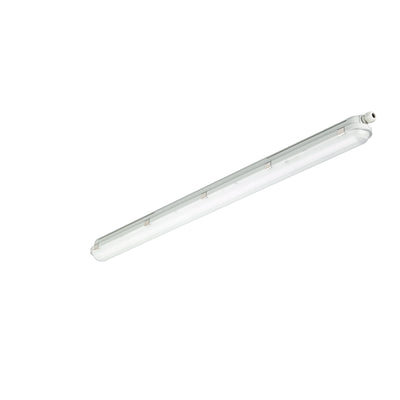
TL T8 120 cm
T8 fluorescent lamps of 120 cm (formerly 36 Watt) have been the standard for lighting in all kinds of spaces for many years. These tube lamps with G13 fitting provided wide and even light distribution. Now that the production of traditional fluorescent tubes is ending due to European regulations, we focus on energy-efficient LED alternatives. Replacing an old 120 cm fluorescent tube with an LED version is a smart move that lowers your energy costs and extends the lifespan of your lighting.
-
 Philips-30W-4000 lm-4000K125,90
Philips-30W-4000 lm-4000K125,90 -
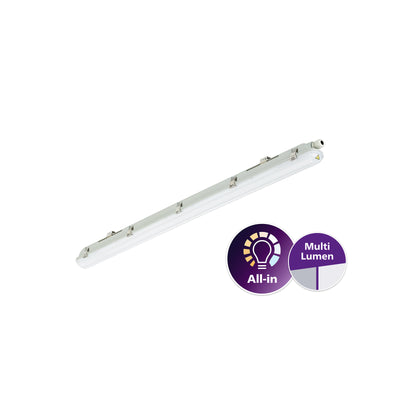 Philips
PhilipsLED Ledinaire 120 cm
-23-42W-2900-4800 lm-4000K49,95 -
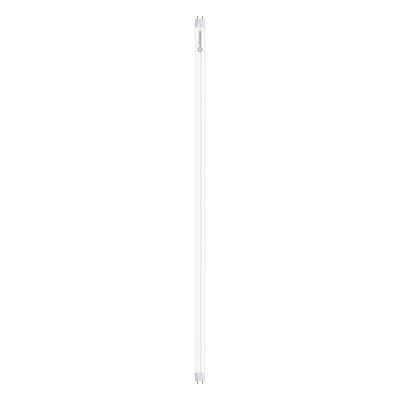 Ledvance
LedvanceT8 LED Value Standard Output 120cm
-15W-1800lm-6500K5,50 -
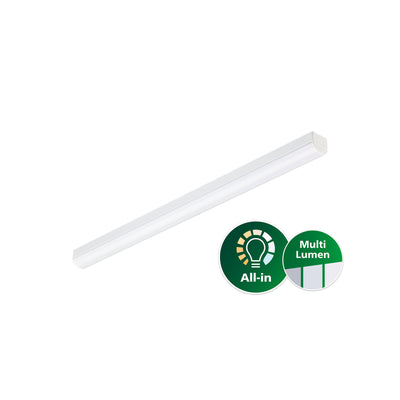 Philips
PhilipsLED CoreLine 113.5cm
-19-48W-2500-6400lm-4000K79,95 -
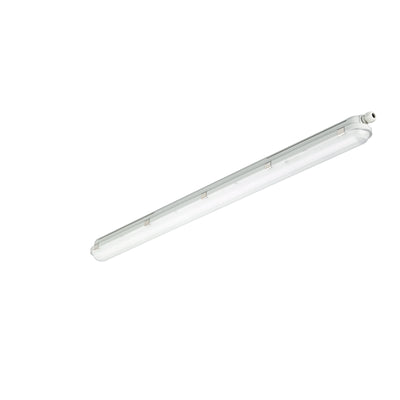 Philips
PhilipsLED CoreLine 121.5 cm
-28.6W-4000 lm-4000K79,95 -
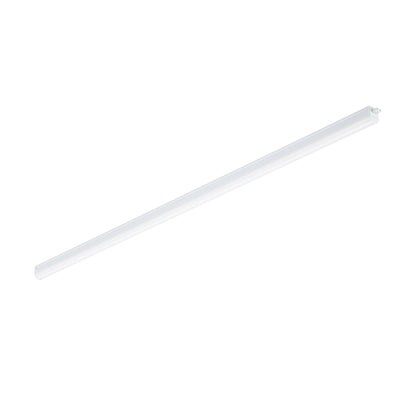 Philips
PhilipsLED Ledinaire Standard Output 119 cm
-20W-2100 lm-4000K15,95 -
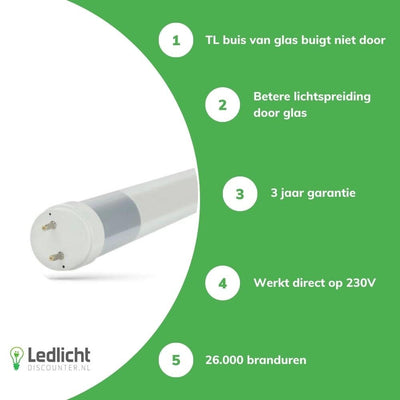 Spectrum
SpectrumG13 LED 120cm
-17W-1800 lm-3000K4,95 -
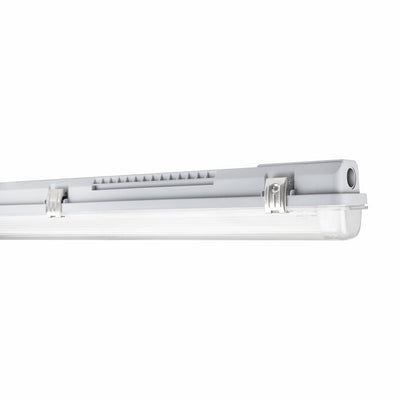 Ledvance
LedvanceT8 LED 120cm
17,95 -
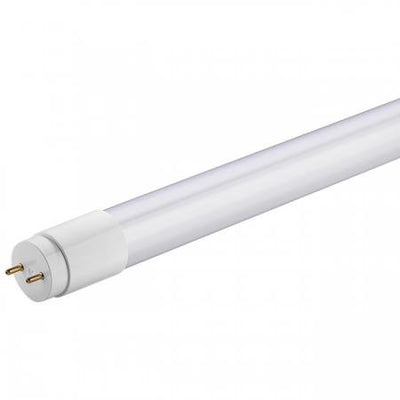 LCB
LCBT8 LED Standard Output 120cm
-18W-3040lm-6500K9,95 -
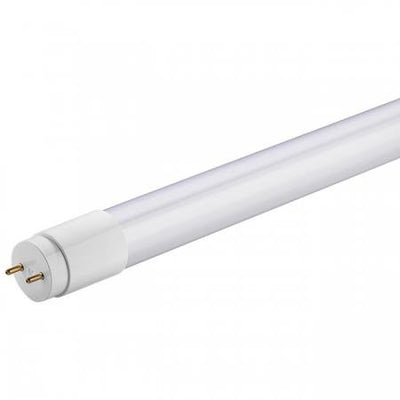 LCB
LCBT8 LED Avant Standard Output 120cm
-18W-3040lm-4000K9,95 -
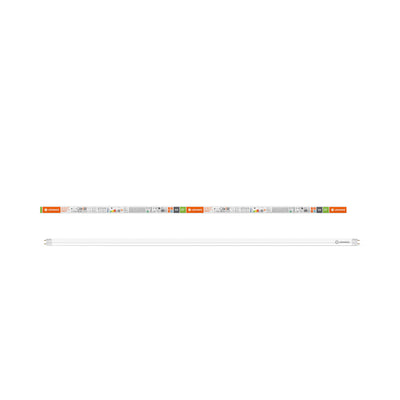 Ledvance
LedvanceT8 LED EM Ultra Output 120 cm
-15.6W-2500 lm-6500K8,50 -
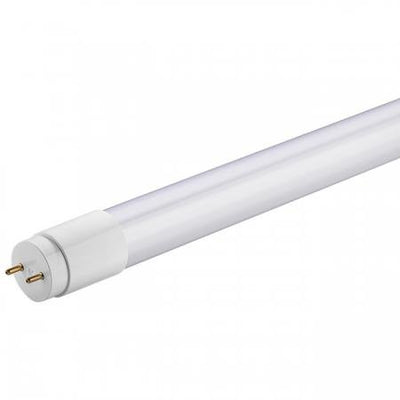 LCB
LCBT8 LED Standard Output 120cm
-18W-3040lm-3000K9,95
LED Tube Lights 120 cm: an Efficient Replacement
Replacing a 120 cm fluorescent tube (36W) with a 120 cm LED tube of the same length offers immediate benefits. Modern 120 cm LED tubes consume significantly less power, often between 14W and 18W, while providing similar or even higher light output. This results in immediate energy savings and contributes to a lower carbon footprint. Additionally, LED tubes are mercury-free and last much longer than traditional fluorescent tubes, reducing replacement frequency and maintenance costs.
Comparison: Old Fluorescent 120 cm (36W) vs. LED Tube 120 cm
To give a clear picture of the differences between a traditional 120 cm fluorescent tube and the LED replacement, here is a practical comparison table. This table helps to estimate the benefits when considering a switch.
| Feature | Traditional Fluorescent 120 cm (36W) | LED Tube 120 cm (replaces 36W) |
|---|---|---|
| Energy Consumption | 36 Watt | 14-18 Watt (up to 60% less) |
| Lifespan | Up to 20,000 hours | Up to 70,000 hours |
| Warm-up Time | Short warm-up, sometimes flickering | Instant full light, no flickering |
| Hazardous Substances | Contains mercury | Mercury-free |
| Maintenance | Higher (requires more frequent replacement) | Lower (less frequent replacement) |
| Light Quality | Standard | Consistent and often better CRI |
Installing a 120 cm LED Tube
Installing a 120 cm LED tube in an existing fixture is generally a simple procedure. The method depends on the type of ballast present in the fixture: conventional (EM) or electronic (HF).
Type 1: Installation with Conventional Ballast (EM)
Most older fluorescent fixtures operate with a conventional ballast and a starter. When replacing with an LED tube, it is important to insert the supplied LED starter.
- Switch off the power supply to the fixture completely for your safety.
- Remove the old fluorescent tube.
- Replace the old starter with the supplied LED starter.
- Place the new 120 cm LED tube in the fixture.
- Switch the power back on and the lamp will work.
Type 2: Installation with Electronic Ballast (HF)
Fixtures with an electronic ballast do not have a separate starter. Installing an LED tube in these is straightforward.
- Switch off the power supply to the fixture completely for your safety.
- Remove the old fluorescent tube.
- Place the new 120 cm LED tube in the fixture.
- Switch the power back on and the lamp will work.










